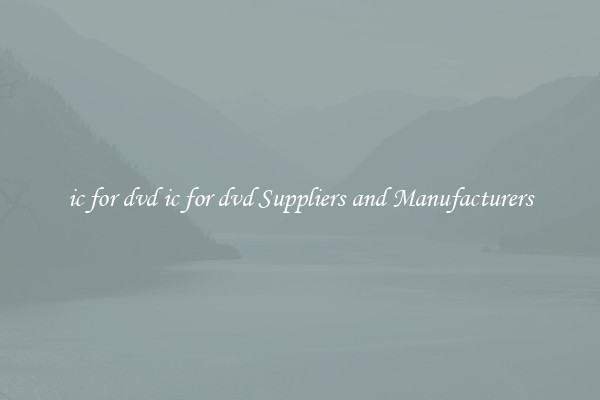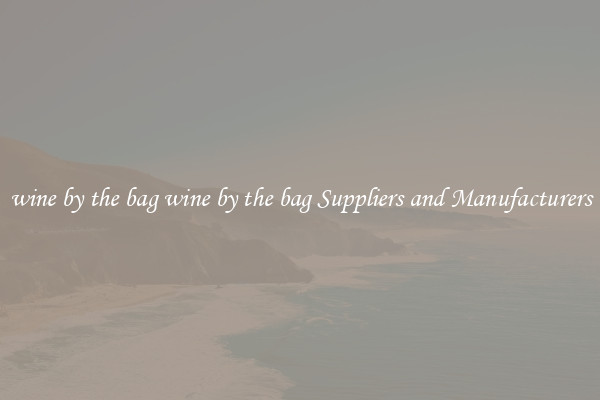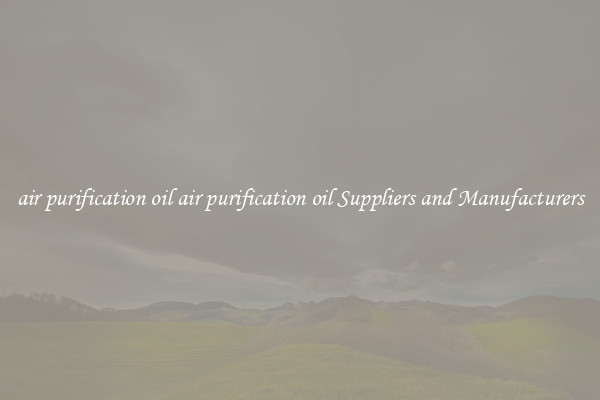all for one regulations, all for one regulations Suppliers and Manufacturers
All-for-One Regulations: A Win-Win for Suppliers and Manufacturers

In today's globalized economy, the success of both suppliers and manufacturers depends on their ability to collaborate effectively and efficiently. One regulatory approach that has gained traction in recent years is the implementation of "all-for-one" regulations. These regulations require all parties involved in the supply chain – from suppliers to manufacturers – to work as a cohesive unit, promoting transparency, innovation, and sustainability. This article aims to shed light on all-for-one regulations and discuss their benefits for both suppliers and manufacturers.
At its core, all-for-one regulations focus on fostering strong partnerships between suppliers and manufacturers. Under these regulations, suppliers are required to provide manufacturers with accurate and detailed information regarding the materials and components used in their products. This level of transparency is crucial for manufacturers to make informed decisions about sourcing, production, and quality control. By having access to complete and trustworthy information, manufacturers can improve their efficiency, reduce waste, and deliver high-quality products to consumers.
In addition to transparency, all-for-one regulations also emphasize collaboration in product development and innovation. By working closely together, suppliers and manufacturers can identify areas for improvement, brainstorm new ideas, and develop innovative solutions that meet the ever-changing demands of the market. This collaborative approach not only enhances product performance but also fosters a culture of continuous improvement, ensuring that both suppliers and manufacturers stay relevant in the face of evolving consumer preferences.
Furthermore, all-for-one regulations promote sustainability and responsible sourcing practices. Suppliers are required to adhere to strict environmental and social standards, such as minimizing waste, reducing carbon emissions, and ensuring fair labor practices. Manufacturers, on the other hand, are encouraged to prioritize suppliers who demonstrate a commitment to sustainability. By incorporating these practices into their operations, suppliers and manufacturers can enhance their brand image, attract environmentally-conscious consumers, and contribute to a more sustainable future.
While all-for-one regulations bring several benefits to both suppliers and manufacturers, they also come with challenges. Compliance with these regulations may require significant investments in technology and data management systems to accurately track and report product information. Additionally, smaller suppliers or manufacturers with limited resources may find it challenging to meet the stringent standards set by these regulations. However, these challenges can be overcome through collaboration, knowledge sharing, and government support.
In conclusion, all-for-one regulations have emerged as a promising approach to enhance collaboration, transparency, innovation, and sustainability in the supply chain. By mandating suppliers and manufacturers to work together as a cohesive unit, these regulations promote efficiency, reduce waste, and deliver high-quality products to consumers. Moreover, they encourage a culture of collaboration and continuous improvement, resulting in innovative solutions that meet evolving market demands. As suppliers and manufacturers continue to adapt to an increasingly competitive landscape, embracing all-for-one regulations can be a strategic move that benefits both parties and contributes to a more sustainable and prosperous supply chain ecosystem.

View details

View details

View details

View details








